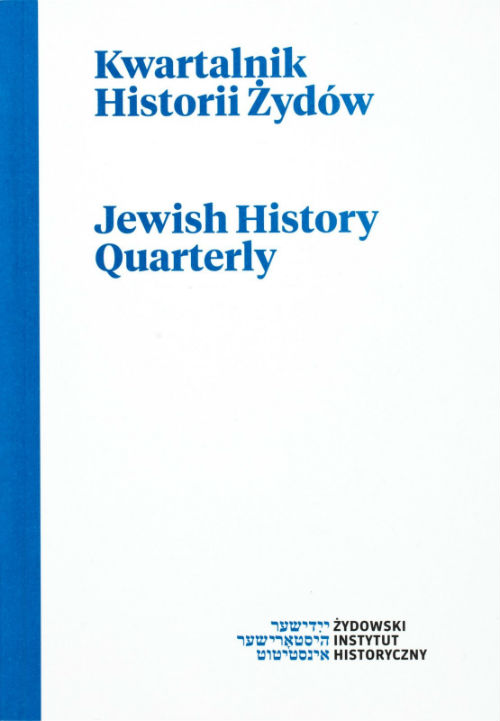Sefer ha-Zohar – the Battle for Editio Princeps
Sefer ha-Zohar – the Battle for Editio Princeps
Author(s): Jan Doktór, Magdalena BendowskaSubject(s): History
Published by: Żydowski Instytut Historyczny
Keywords: kabbalah; Hebrew old prints; Zohar; editio princeps
Summary/Abstract: Sefer ha-Zohar appeared in print for the first time in Cremona in 1558, in the printing house of Christian printer Vincenzo Conti. It lacked the rabbinical approval or the introduction. The year of publication was not printed on title page, but it did appear at the end of the book, in the colophon preceding the Inquisition’s imprimatur: Friday rosh khodesh kislev of the year 5319 from the creation of the world, i.e., 21 November 1558. The Latin text of imprimatur was signed by censor Galeaz Guacius on 5 August 1558. Immediately after the publication of the “Christian” edition, as the Cremona book was referred to, it was decided to publish a “corrected” edition of Sefer ha-Zohar in the nearby Mantua, in the printing house of Tommasso Ruffinelli. The principal composition of the texts from the Cremona edition was retained, but with the omission of Midrash Ruth, Raya mehemna and some sections of Sefer ha-bahir, while Midrash neelam was moved to a different location in the book. A battle then began to determine which edition constituted editio princeps, i.e., contained the canonical text, binding for subsequent publishers. In Europe, the Cremona edition was considered the model one until the 18th century and it served as the basis for subsequent editions of the work: the 1623 Lublin edition and the 1684 Sulzbach edition. In 1715 and in 1728 the book was published twice in Amsterdam. On title page there was no mention of the Cremona, Lublin and Sulzbach editions. It was indicated that this was a repetition of the Mantua edition. This was evidence of the consensus of Jewish religious authorities, guaranteeing the editio princeps status to the Mantua edition. No-one has attempted to repeat the Cremona edition since then, it has been ignored or completely unknown. Some bibliographies do mention a Cremona edition, but only the second one, from the years 1559-60, presented as the second one after the Mantua edition. The Mantua edition retains the status of editio princeps, it is used to this day not only by religious Jews but also by historians.
Journal: Kwartalnik Historii Żydów
- Issue Year: 242/2012
- Issue No: 02
- Page Range: 141-161
- Page Count: 21
- Language: English

